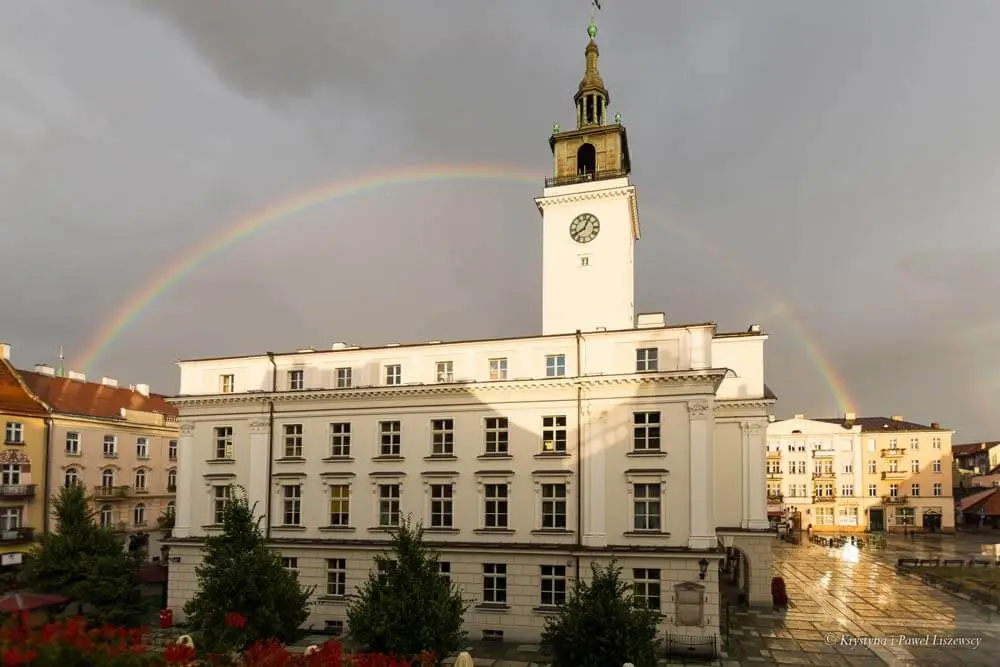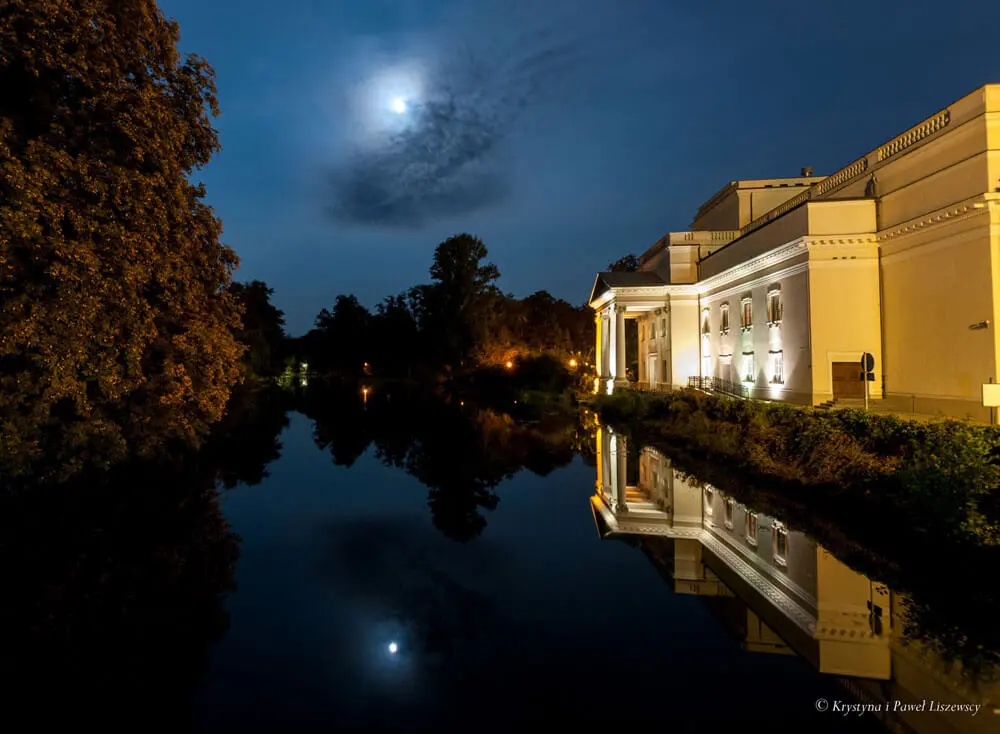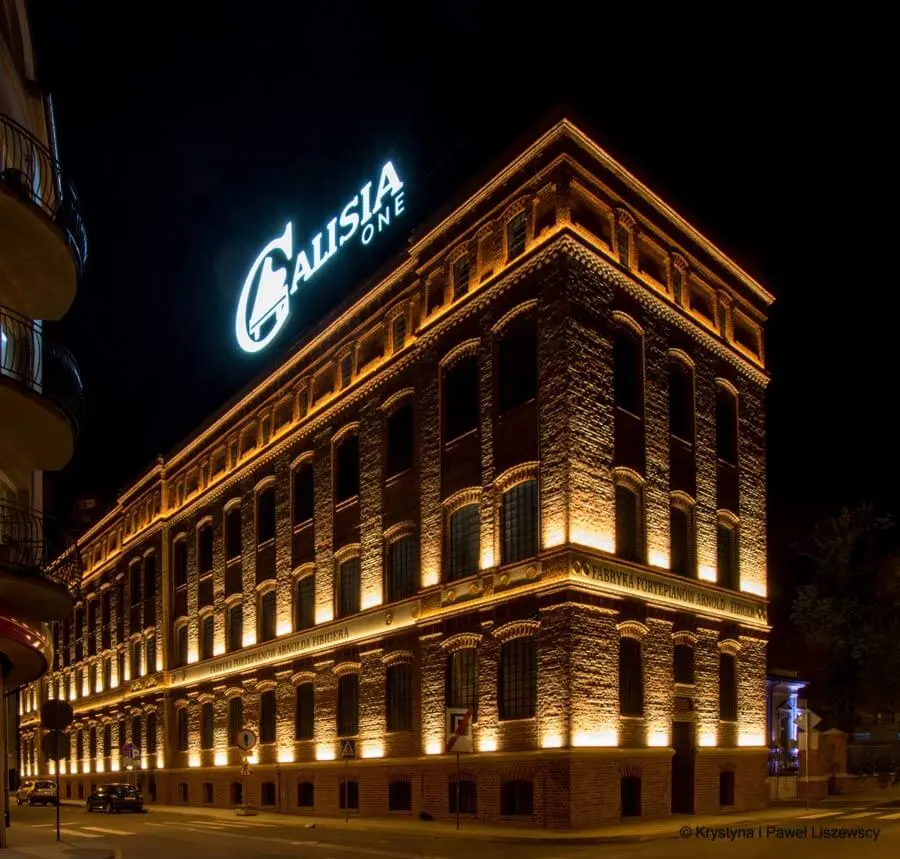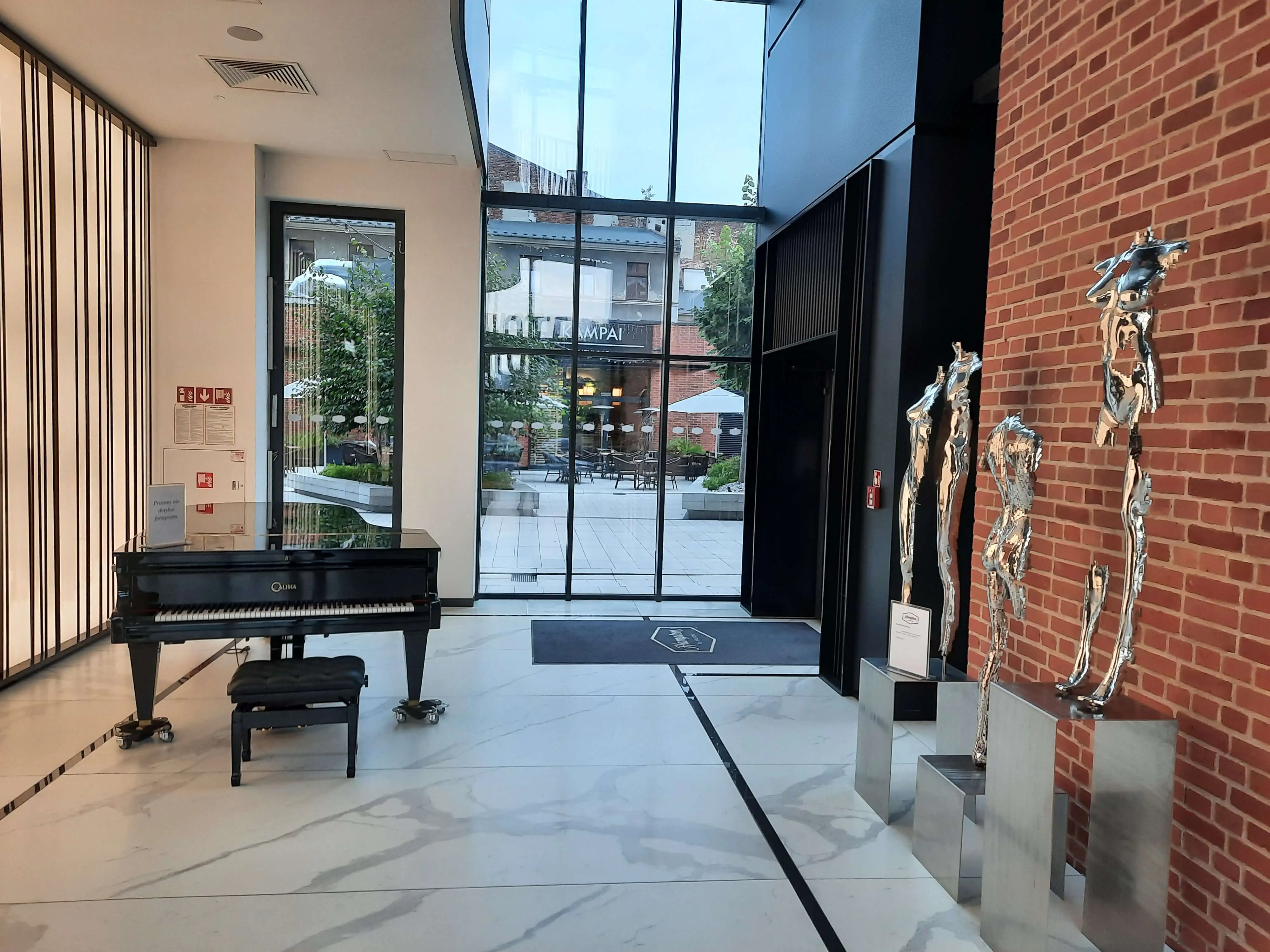After 1233
a Silesian Duke Henry the Bearded relocated the settling centre of Kalisz into a new place north to
Zawodzie.
About 1257 a prince Bolesław the Pious founded Kalisz in accordance with the Środa law.
he internal area of the city was characterised by a spindle-like layout of two market streets,
with cross streets and a rectangular square situated in the centre. This medieval town design has
remained until present times. World War one left its tragic stamp on Kalisz. In August 1914 Prussian
army obliterated and burnt the town. 95% of old-town buildings laid in ruins.
Kalisz is the second biggest city in Wielkopolska region, situated
in the Valley of Prosna River.
Kalisia, as one of the places on the amber route, was mentioned for the first time in the work of
the
Alexandrian scholar Ptolemy around the
2nd century A.D. According to the scholars, Kalisia of Ptolemy can be identified with today’s
Kalisz.
This record made Kalisz be proud of the oldest written certificate from among Polish cities.
The favourable location at the crossroads of the trade routes from the north to the south and from
the west to the east of the continent favoured the development of Kalisz and it openness to
newcomers
representing various peoples, nations, religions and cultures.An Early Medieval burg city in
Zawodzie
(9th/10th -13th century) was one of the greatest Piast town centres.

Restoration of the town between 1920s and 1930s was the first such a venture nationwide. The
old-town
centre was reconstructed according to restoration guidelines and spatial arrangement, although
historic
buildings were not reconstructed. During Word War Two Kalisz was incorporated into an area that was
called “Warthegau” by the Germans.
The Nazi occupation was a period of oppression and discrimination for Kalisz people. Post-war years
were
marked by the development of industry, city infrastructure and social-cultural development. In 1992
Kalisz diocese was established.
Modern Kalisz covers an area of 70 km2, with app. 110 thousand residents. Between 1975 and 1998 it
was a
capital city of Kalisz Voivodeship. In a new administrative division the city is located in
Wielkopolskie Voivodeship. Kalisz enchants with its magic beauty. Here, the past and the presence
are
intertwined and forms a unique climate here.
From:
https://www.kalisz.pl/miasto/o-miescie/historia
https://www.facebook.com/KaliszCzasemMalowany
Kalisz is the second biggest city in Wielkopolska region, situated
in the Valley of Prosna River.
Kalisia, as one of the places on the amber route, was mentioned for the first time in the work of
the
Alexandrian scholar Ptolemy around the
2nd century A.D. According to the scholars, Kalisia of Ptolemy can be identified with today’s
Kalisz.
This record made Kalisz be proud of the oldest written certificate from among Polish cities.
The favourable location at the crossroads of the trade routes from the north to the south and from
the west to the east of the continent favoured the development of Kalisz and it openness to
newcomers
representing various peoples, nations, religions and cultures.An Early Medieval burg city in
Zawodzie
(9th/10th -13th century) was one of the greatest Piast town centres.
After 1233
a Silesian Duke Henry the Bearded relocated the settling centre of Kalisz into a new place north to
Zawodzie.
About 1257 a prince Bolesław the Pious founded Kalisz in accordance with the Środa law.
he internal area of the city was characterised by a spindle-like layout of two market streets,
with cross streets and a rectangular square situated in the centre. This medieval town design has
remained until present times. World War one left its tragic stamp on Kalisz. In August 1914 Prussian
army obliterated and burnt the town. 95% of old-town buildings laid in ruins.

Restoration of the town between 1920s and 1930s was the first such a venture nationwide. The
old-town
centre was reconstructed according to restoration guidelines and spatial arrangement, although
historic
buildings were not reconstructed. During Word War Two Kalisz was incorporated into an area that was
called “Warthegau” by the Germans.
The Nazi occupation was a period of oppression and discrimination for Kalisz people. Post-war years
were
marked by the development of industry, city infrastructure and social-cultural development. In 1992
Kalisz diocese was established.
Modern Kalisz covers an area of 70 km2, with app. 110 thousand residents. Between 1975 and 1998 it
was a
capital city of Kalisz Voivodeship. In a new administrative division the city is located in
Wielkopolskie Voivodeship. Kalisz enchants with its magic beauty. Here, the past and the presence
are
intertwined and forms a unique climate here.
From:
https://www.kalisz.pl/miasto/o-miescie/historia
https://www.facebook.com/KaliszCzasemMalowany







